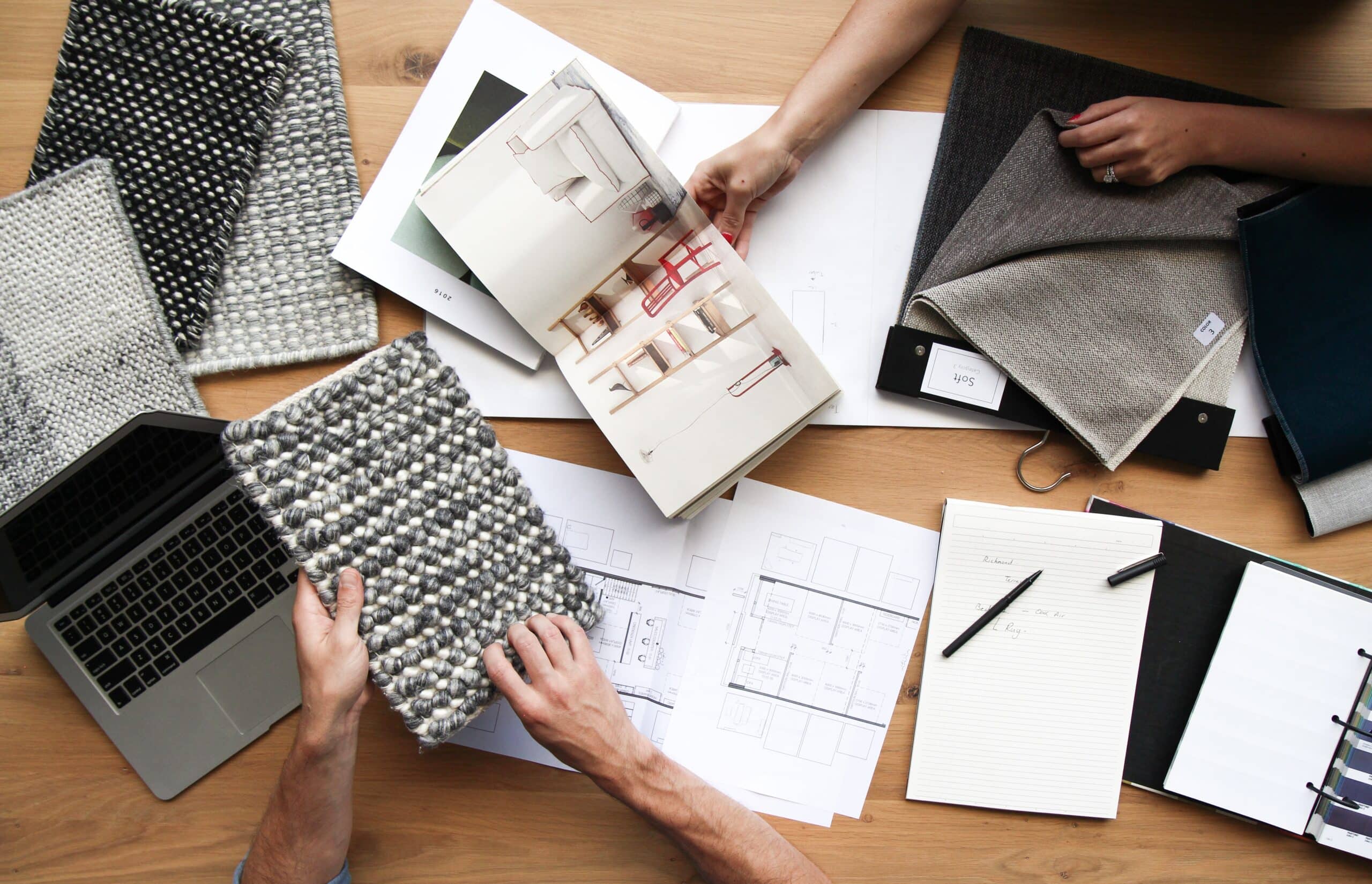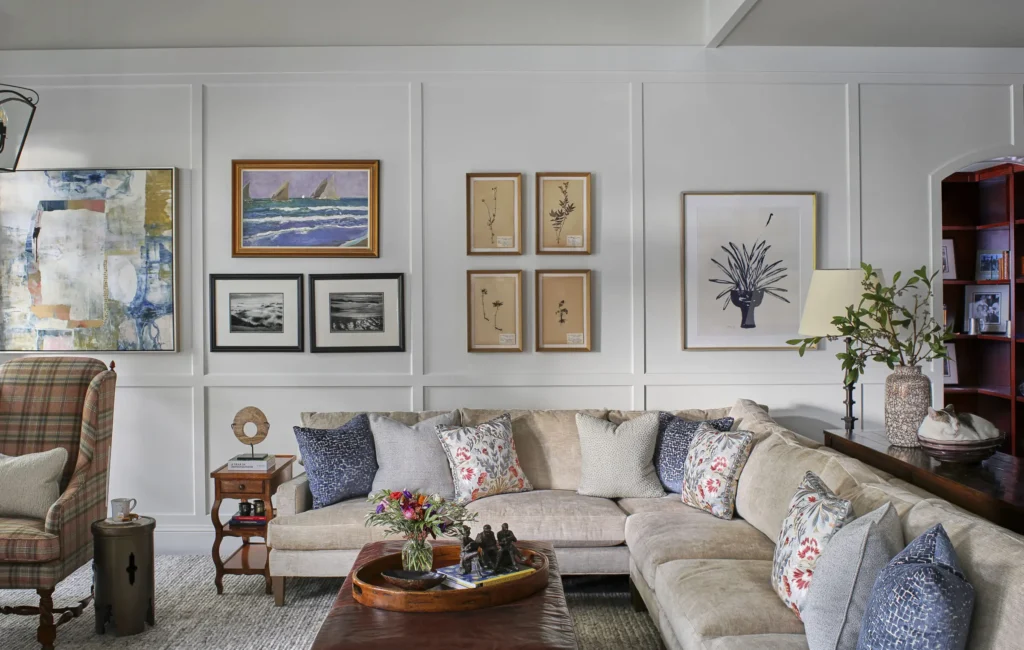Ever looked around a room and thought, “I could make this better”? Whether it’s rearranging furniture or playing with textures, a sense of spatial creativity often starts from curiosity. But turning that curiosity into skill requires more than just a flair for colour or décor.
In the early stages, many explore inspiration from visual platforms, magazines, or showrooms. However, structured learning remains a practical step for refining technique and understanding key principles. A well-structured interior design course can lay the groundwork, helping learners translate creativity into real-world applications.
Knowing the Foundation of Visual Balance
Creating a visually balanced space begins with understanding scale, proportion, and symmetry. These elements determine how a room feels—whether it’s grounded, airy, formal, or playful. Grasping the function of focal points and how to use negative space effectively ensures designs are cohesive.
These fundamentals serve as a guide when working with different room sizes, architectural features, and client expectations.
A strong grasp of visual balance enables beginners to spot what makes a room feel ‘off’ and how to fix it. These core skills are introduced early in guided learning formats, allowing for hands-on projects and portfolio building.
Grids, mood boards, and zoning diagrams are often used to demonstrate spatial flow and alignment. Learning how to visualise in plan and elevation helps in presenting ideas clearly to clients or teams. This knowledge prepares learners to think like professionals from the beginning.
Materials, Finishes, and Their Practical Applications

Choosing materials goes beyond appearance. It involves understanding how surfaces behave in various environments. Texture, sheen, durability, and maintenance requirements all influence material choices. Interior schemes often involve combinations of wood, fabric, stone, and composites—each suited for specific functions and settings.
Knowing when to select high-traffic flooring or water-resistant surfaces makes a major difference in long-term performance. These insights are integrated into structured programmes, guiding learners through sample boards, product comparisons, and supplier research.
Technical knowledge around fire ratings, acoustic performance, and slip resistance is often part of the curriculum. This allows emerging professionals to meet both creative and functional expectations in project briefs.
Drawing, Drafting, and Digital Visuals
Sketching ideas is only one part of concept presentation. Accurate drafting—both hand-drawn and digital—is essential for communicating intent to suppliers, clients, and contractors. Platforms that offer modules on technical drawing, space planning, and computer-aided design (CAD) support learners in building professional presentation skills.
Digital rendering tools allow users to simulate lighting, materials, and layouts. These simulations are not just visuals—they reflect real-world scale and material behaviour. Early access to drafting tools and 3D modelling introduces practical workflows used in residential and commercial projects. Many learners also build digital portfolios that reflect real-life client briefs and project constraints, giving them a head start in professional communication.
Colour Theory and Spatial Psychology
Colour does more than decorate—it influences how a space feels and functions. Warm hues can energise, while cool tones may calm. Understanding how colour interacts with natural light, artificial lighting, and nearby surfaces is key to achieving the intended outcomes. Formal education often incorporates colour wheels, palettes, and exercises in tint, tone, and shade application.
Students learn how to use colour psychology to guide client moods and preferences. Structured modules introduce ways to assess colour compatibility and contrast in context, not just in theory. Interactive exercises like rendering paint swatches and comparing daylight effects help turn instinct into strategy.
Industry Standards and Professional Practice

Starting a professional journey includes knowing more than design rules. It also involves legal documentation, billing practices, project scheduling, and supplier coordination. Learning how to interpret client contracts and respond to design briefs prepares aspiring professionals for real-world scenarios.
Comprehensive learning programmes often include modules on ethics, intellectual property, and site safety. These elements build confidence in handling communication, feedback, and professional relationships. Structured formats help learners understand the value of timelines, responsibility distribution, and record-keeping. These tools are essential for anyone planning to move from practice to project management.
Practical Experience and Feedback Loops
Design is refined through repetition and critique. Practical exercises supported by feedback encourage experimentation while refining direction. Structured formats often include mock assessments, critiques from professionals, and opportunities for revision. These experiences simulate working environments where briefs evolve and expectations shift.
Learners can track their growth through tangible outputs like room plans, presentation boards, and client reports. These become valuable components of a working portfolio. Having opportunities to present and receive feedback sharpens both creative and professional communication. It also develops confidence in articulating design rationale under time constraints.
Enrolling in an interior design course is the starting point for those ready to shape environments with intention and skill. When structure meets creativity, it opens doors to a profession that blends visual thinking with technical precision.
Each detail mastered adds confidence—not just in aesthetics but in delivering complete spaces. Whether it’s layouts, finishes, or communication, a focused approach makes the journey not only possible but also powerful.

